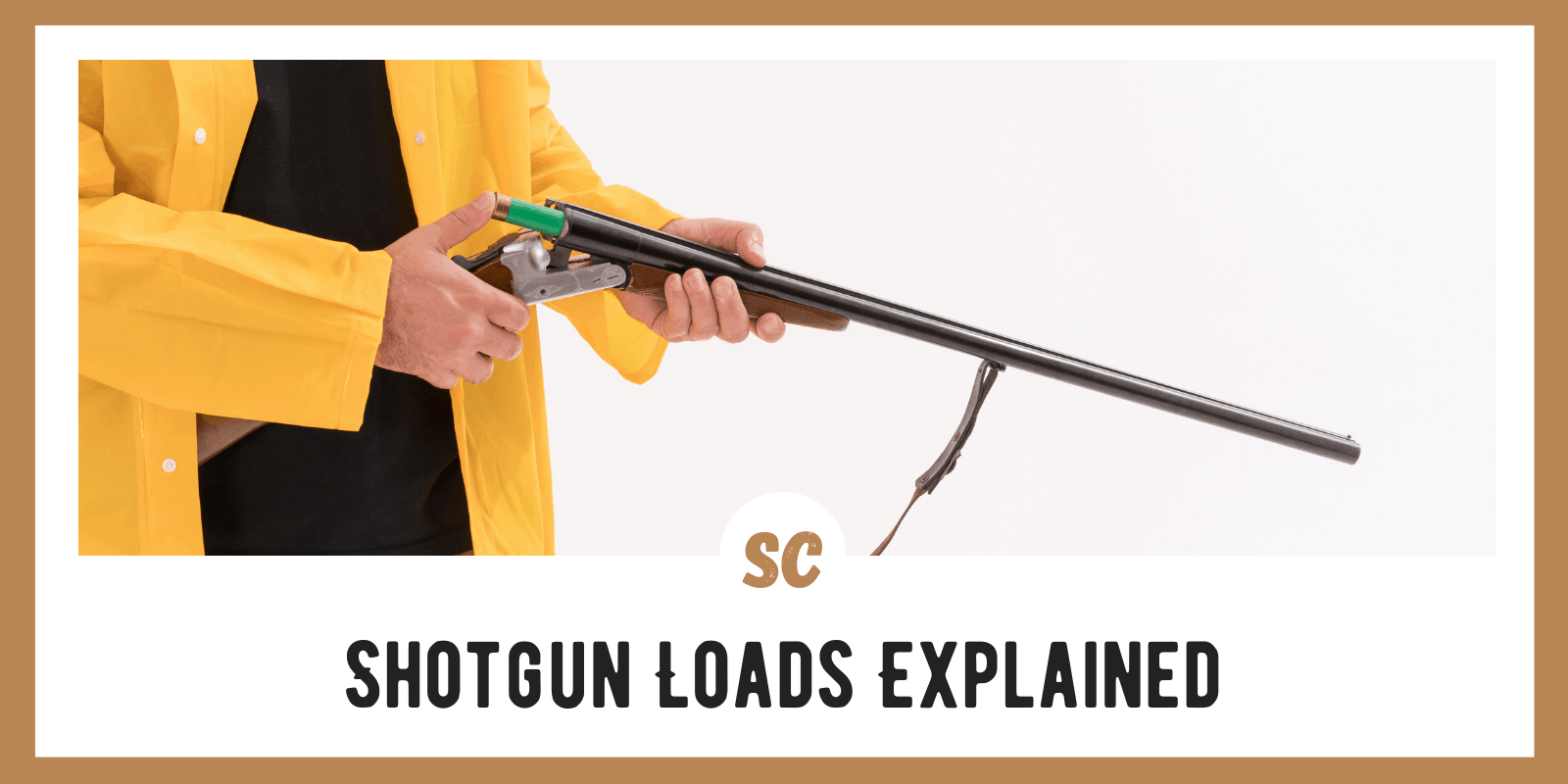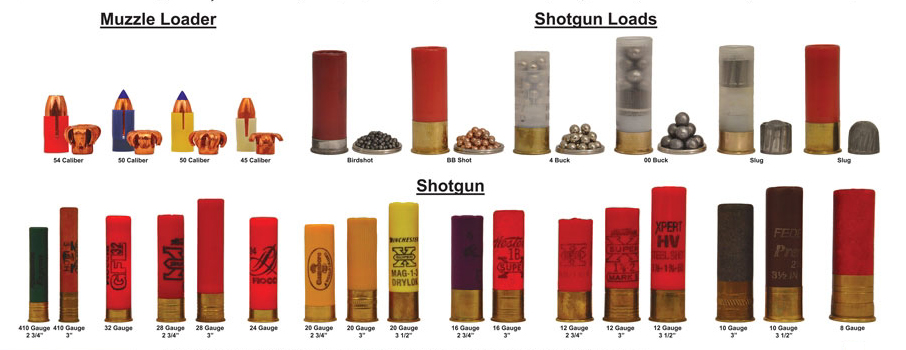

shells are perfect for clay targets, but the versatile 1 1/8 oz. The more shot in the shell, the more recoil you’ll feel, all else being equal.


or more for specialty loads (typically for turkeys). The weight of the total shot payload is expressed in ounces. For most of us, the lead reduction is not worth the increase in recoil. Faster shells require less lead on the part of the shooter, but it’s not as much of a difference as you might think, so don’t feel pressured into assuming you need super-fast shells. In general, the faster the shot leaves the barrel, the more recoil you’re going to feel, and the harder the pellets will strike the target. This can vary depending on other factors but is typically between 1,000 and 1,600 fps. You’ll find the shot’s muzzle velocity expressed in feet per second (fps). The 3” is a nice compromise that is popular with hunters of all sorts of game. Clay target shooters don’t need to hit their target very hard or with lots of pellets, so they shoot 2¾” shells. The 3½” shells are typically only used by turkey hunters and some goose and duck hunters, though shorter shells are also appropriate for these uses. The longer the shell, the more shot you can fit in it. You can safely shoot a shorter shell in a longer chamber, but not vice versa. This number will be also stamped on the gun’s barrel or receiver. Every shotgun’s chamber (the part that holds the shell that’s about to be fired) is made a certain length, typically 2¾”, 3” or 3½”, although some smaller-gauge guns can be shorter. Length is the other number you must get right. Otherwise, they won’t fit-or, worse, they will fit but will not fire properly, creating a seriously dangerous malfunction. You can read more about selecting your gauge here, but just know that the shells you buy must be the same gauge as the gun you plan to shoot them out of. This number will be stamped on your gun’s barrel. The larger the number, the smaller the diameter of the shell. 410 bore, with 12-gauge being the most popular. Modern shotguns come in 10-, 12-, 16- (rare, but still around), 20- and 28-gauge and. There are two numbers on the box that you absolutely must not get wrong, for safety reasons. Still, the amount of information on a box of shotgun shells can be intimidating, so here’s a breakdown of what it all means. There’s also a good bit of overlap-a pretty broad range of shell options will kill ducks, for example-so don’t put too much pressure on yourself to pick exactly the right thing. When you’re buying shotgun shells for a round of sporting clays, a duck hunt or anything in between, a lot goes into choosing which box to buy.


 0 kommentar(er)
0 kommentar(er)
